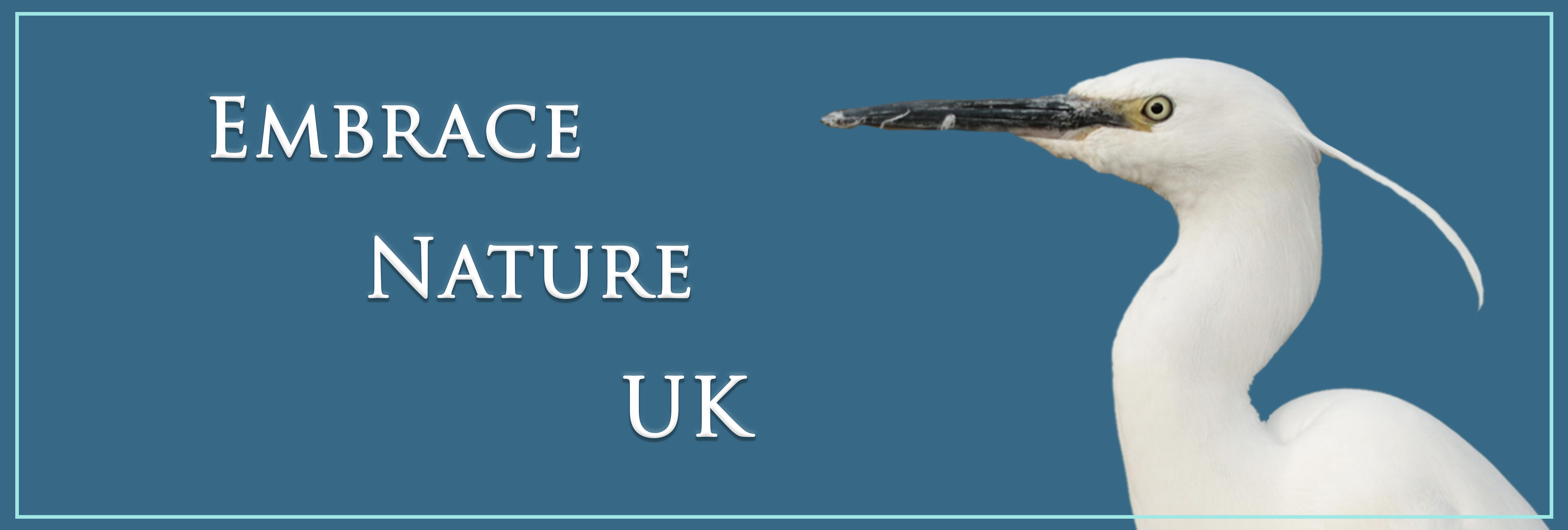Sparrowhawk Scientific Name: Accipiter nisus

Size
A sparrowhawk has a wingspan of approximately 60 to 75 cm.
Description
The sparrowhawk is arguably the bird of prey you’re most likely to see in your garden. However, unless you make a point of looking for it, there’s a fair chance you’ll miss it altogether. Nevertheless, bundles of feathers found in the garden or woodlands often indicate the presence of one of these birds.
The sparrowhawk is an ambush hunter and whilst it may often appear suddenly, once seen, its appearance causes uproar amongst other bird species.
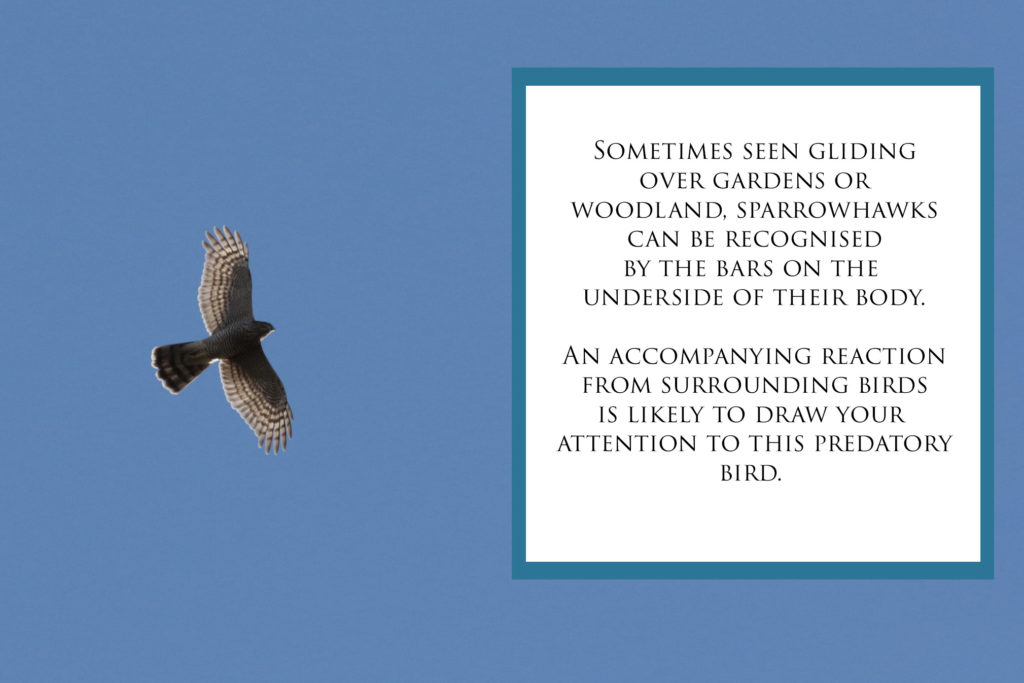
The best views of sparrowhawks are usually afforded when they stop to feed on their prey. This may only be a fleeting view if the prey is small, however, for a larger meal they can remain in good view for some time.
Identifying Sex
When you can see the sparrowhawk properly, you will probably notice how distinctive it is. Females are larger than males and are close to monotone with a brownish-grey back and dark bars over her pale underside. In contrast, the male is not only smaller but brighter in colour. His back is a bluish-grey colour and the barred underparts have a reddish-brown hue. Both males and females have a long tail but their rounded wings are unexpectedly small compared to their body size.
Juveniles are not terribly dissimilar from adults with brown bars on their underparts and a brown back. However, identifying a young bird’s sex is somewhat more difficult than that of an adult.
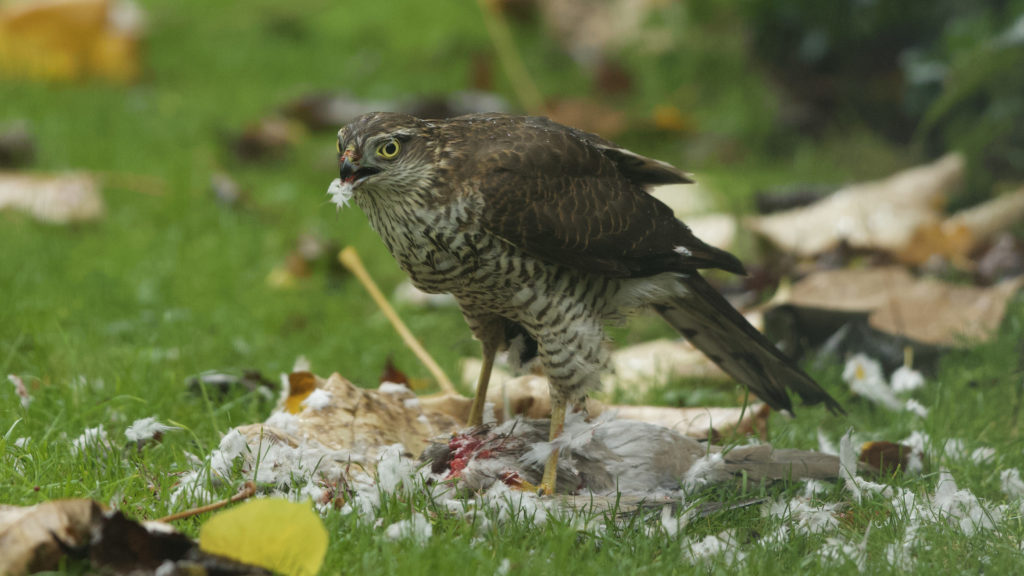
Diet
Despite the name, sparrows are not the only bird on the menu. Female sparrowhawks are large enough to take prey up to the size of pigeons, whilst the smaller males can catch prey the size of a blackbird.
Breeding
Sparrowhawks may usually be difficult to see, but in the breeding season they become even more elusive as they take to the trees to prepare a nest. They build their nests out of twigs, down and flakes of bark. The nest is substantial and takes several weeks to construct. Once their work is done, the female produces the eggs in time to utilise the increased food source coming from other breeding birds. She will lay 3 – 6 eggs but at intervals, normally by a couple of days each during May. By doing this, she reduces the risk of losing her chicks due to lack of food.
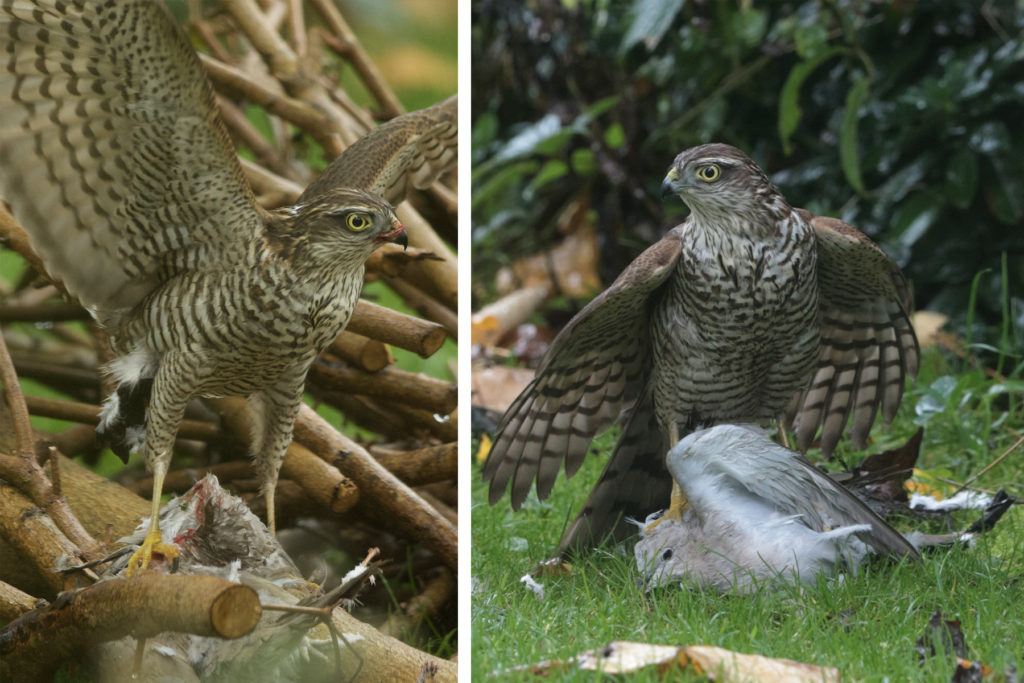
After a 32-35 day incubation period, the female helps the chicks to break out from their eggs. The male becomes responsible for feeding the chicks and female as she remains on the nest to incubate the young. When the chicks reach a point where they can be left alone, the female may help with the hunting if they are short of food.
Around 4 weeks after hatching, the chicks are ready to fledge but don’t go far. The smaller males fledge first with the larger females following after. The chicks keep returning to the nest whilst they prepare for adulthood. The sparrowhawks celebrate the arrival of their fully developed feathers by starting to hunt.

On a Personal Note
I find sparrowhawks to be an exciting bird of prey but rarely see them. With a keen eye and observant ears I have seen more sparrowhawks in recent years than previously. I have found a good sign to either be a roar of bird alarm calls, or a scattering of birds followed by eerie silence. The bird may be hard to see but could just be a silhouette high above the garden or woodland.
The photographs on this page were all taken in the Embrace Nature UK garden – most of which were on one day when the trusty bird alarms sounded indicating a successful hunt. Whilst the collared dove did not fare well, we had the benefit of observing the sparrowhawk for a prolonged time.
Some people see sparrowhawks as ‘the enemy’ as they hunt popular garden birds. However, there is no proof that the sparrowhawk’s hunting activities harms bird populations. The sparrowhawk is simply doing what is necessary to survive. They are a beautiful and charismatic bird that leaves a lasting impression. Those lucky enough to see the sparrowhawk, are unlikely to forget the experience in a hurry.
Sparrowhawk Taxonomy:
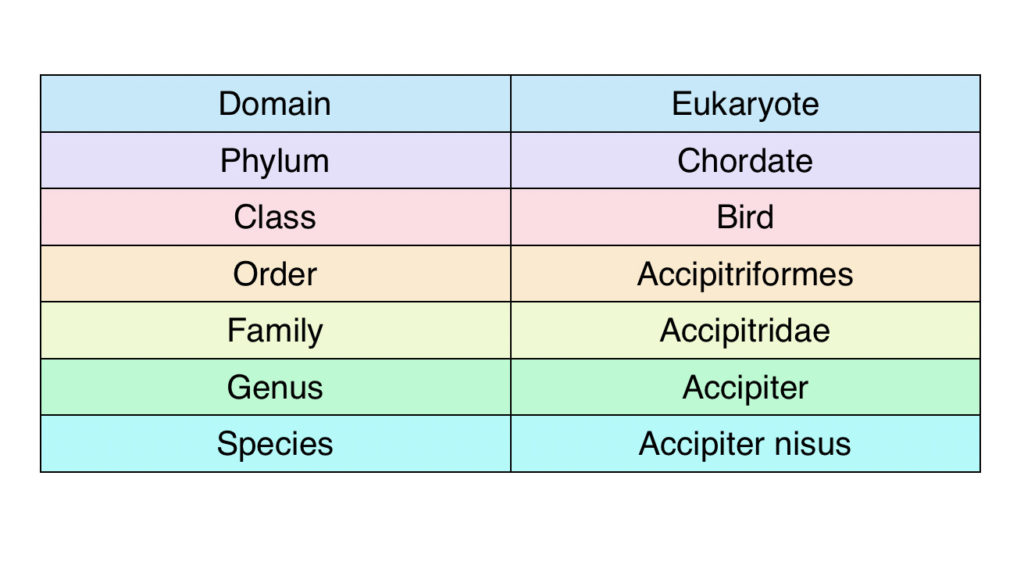
Useful Links:
Read this interesting article about sparrowhawks on the Autumnwatch website; “Friend or Foe?”.
Comments:
We love to know your thoughts on our articles so greatly appreciate you taking the time to comment. We may be unable to reply directly but are in the process of creating a FAQs page to answer any questions. All comments are currently checked before they’re posted so they do not appear immediately on the website.
Thank you for visiting www.embracenatureuk.com!
